The RAC has expressed concern that fuel retailers are using the lower diesel wholesale cost – relative to petrol – to subsidise petrol prices, or as a means of increasing their profit margin.
In its latest report on fuel prices, the RAC states that rising oil prices triggered a 3ppl price rise at the fuel pumps in March – the first upward shift in forecourt petrol prices since July 2015.
The cost of a barrel of oil increased 8% from $35.91 on 3 March to $38.70 by the end of the month, while prices at the pump rose from 101.91ppl to 105.26ppl over the same period, adding £1.84 to the cost of filling up an average 55-litre car. Average supermarket prices also rose during March – by 2ppl.
Its report stated that: "Worryingly, RAC Fuel Watch data for March shows diesel forecourt prices also increased by 3.7ppl – 101.56ppl to 105.26ppl – even though the wholesale price only rose by 1.5ppl (98.12ppl to 99.59ppl), adding £2 to the cost of a 55-litre tank.The wholesale price of petrol, including VAT, increased 6ppl from 97.13ppl to 103.19ppl. This indicates that retailers are once again either using the lower diesel wholesale cost to subsidise the price of petrol or using it as a means of increasing their profit margin. At supermarkets the average price of diesel rose equally dramatically – 3.5p a litre – from 98.57p to 102.09ppl."
RAC fuel spokesman Simon Williams said: "The good times for motorists enjoying lower fuel prices had to come to an end at some point, but unfortunately it’s happened with a bit more of a bump than motorists were probably expecting. With an important oil production meeting scheduled for mid-April, more bad news at the pumps may be on the horizon.”
He said the price of a barrel of oil went up significantly in March, going over the $40-mark for four days in the middle of the month before dropping back to $38 by month end. While the world is still producing far more oil than it needs, a meeting between OPEC and non-OPEC countries to discuss limiting output is due to take place in Qatar on 17 April.
Williams added: “An earlier meeting between OPEC and non-OPEC countries responsible for nearly 75% of the world’s oil production led to output being restricted to January levels. While this helped to revive oil prices, producers clearly still feel a further limit on production is needed. This is bad news for motorists as it will inevitably lead to more price rises on the forecourt.
“We hope the rebound in pump prices will be limited by the fact that OPEC will not want to let the price go too far back up. Otherwise all their work aimed at safeguarding their market share will be undermined by oil production from fracking in the US being stepped back up again if oil goes back above $60 a barrel – the recognised point at which fracking becomes financially viable. For this reason, it looks as though we are heading towards a new norm of the oil price fluctuating between lower and upper limits of $35 and $55 a barrel.
“This means that motorists should hopefully not see the eye-watering prices they were paying at the pumps in April 2012 when the average price of petrol was 142p and diesel was close to 150p per litre. Motorists will also be relieved that the Chancellor saw sense and listened to the RAC and other campaigning groups by extending the freeze on fuel duty in his Budget.”
Around the UK, Wales saw the biggest increase in average petrol prices – 3.7ppl – from 101.4ppl to 105.1ppl. Average diesel prices went up most in East Anglia – 3.88ppl – from 101.49ppl to 105.37ppl.





















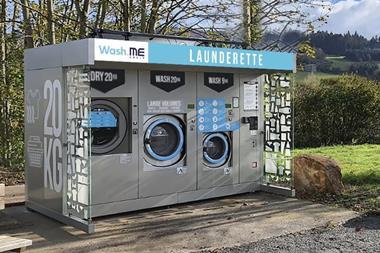
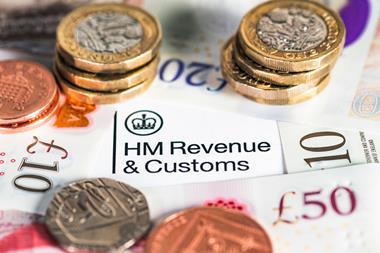
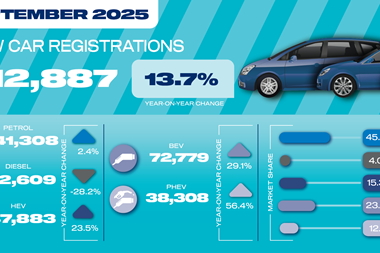

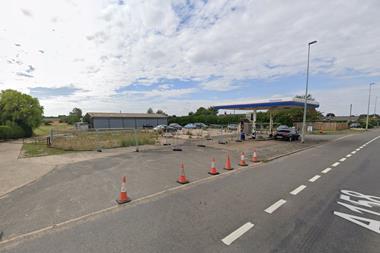
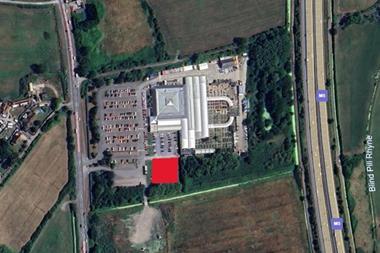

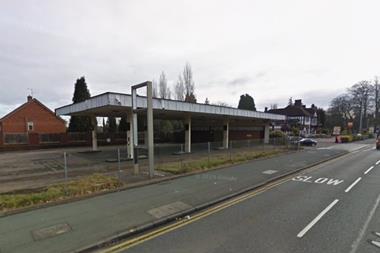
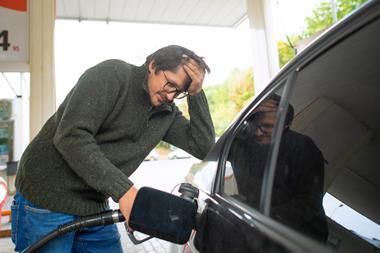

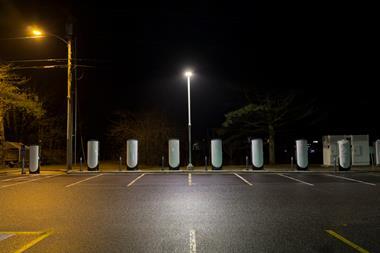
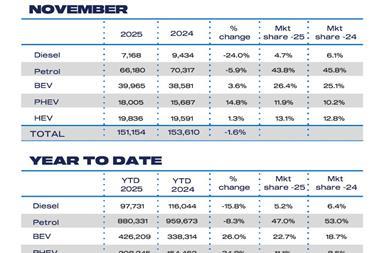
No comments yet